
 The 5 Titles series highlights books, music, and films in the library’s collection, featuring topics related to diversity, equity, and inclusion and/or highlighting authors’ work from diverse backgrounds. Each post is intended to briefly sample titles rather than provide a comprehensive topic overview. Heather Martin, Librarian for African and African American Studies, selected this month’s 5 Titles. With its establishment as a federal holiday in 2021, Juneteenth/Freedom Day (June 19) gained wider national and international attention. Juneteenth celebrations originated in Texas to commemorate the arrival of Union Troops in Galveston on June 19, 1865 (two years after the Emancipation Proclamation) and the army’s announcement that all the enslaved people in Texas were free. However, emancipation celebrations by people of African descent have a long and varied history, marking multiple emancipation milestones (e.g., the British abolition of slavery, August 1, 1834; enactment of the Emancipation Proclamation, January 1, 1863; and the signing of the Thirteenth Amendment, February 1, 1865). This month’s five titles explore the history and representation of emancipation celebrations and their importance to the African American community, identity formation, and struggle for equality.
The 5 Titles series highlights books, music, and films in the library’s collection, featuring topics related to diversity, equity, and inclusion and/or highlighting authors’ work from diverse backgrounds. Each post is intended to briefly sample titles rather than provide a comprehensive topic overview. Heather Martin, Librarian for African and African American Studies, selected this month’s 5 Titles. With its establishment as a federal holiday in 2021, Juneteenth/Freedom Day (June 19) gained wider national and international attention. Juneteenth celebrations originated in Texas to commemorate the arrival of Union Troops in Galveston on June 19, 1865 (two years after the Emancipation Proclamation) and the army’s announcement that all the enslaved people in Texas were free. However, emancipation celebrations by people of African descent have a long and varied history, marking multiple emancipation milestones (e.g., the British abolition of slavery, August 1, 1834; enactment of the Emancipation Proclamation, January 1, 1863; and the signing of the Thirteenth Amendment, February 1, 1865). This month’s five titles explore the history and representation of emancipation celebrations and their importance to the African American community, identity formation, and struggle for equality.
 Rites of August First: Emancipation Day in the Black Atlantic World by J.R. Kerr-Ritchie. Kerr-Ritchie examines how August 1, 1834, the day that the British Abolition of Slavery Bill took effect, was celebrated throughout the West Indies, Canada, Britain, and the northern and western United States. He documents how the emancipation commemorations (called West India Day, August First Day, or Emancipation Day) encouraged anti-slavery activism in the United States and promoted connections among people of African descent across nationalist boundaries. Kerr-Ritchie also describes the day’s importance to communities of Black loyalists in Britain, Canada and Black militias around the Atlantic. Listings of commemorations held by specific churches and public celebrations in specific northern cities allow readers to explore local connections to August First.
Rites of August First: Emancipation Day in the Black Atlantic World by J.R. Kerr-Ritchie. Kerr-Ritchie examines how August 1, 1834, the day that the British Abolition of Slavery Bill took effect, was celebrated throughout the West Indies, Canada, Britain, and the northern and western United States. He documents how the emancipation commemorations (called West India Day, August First Day, or Emancipation Day) encouraged anti-slavery activism in the United States and promoted connections among people of African descent across nationalist boundaries. Kerr-Ritchie also describes the day’s importance to communities of Black loyalists in Britain, Canada and Black militias around the Atlantic. Listings of commemorations held by specific churches and public celebrations in specific northern cities allow readers to explore local connections to August First.
 Festivals of Freedom: Memory and Meaning in African American Emancipation Celebrations, 1808-1915 by Mitch Kachun. In his interpretation of emancipation celebrations from “the abolition of the Atlantic Slave Trade in 1808 through the fiftieth anniversary of U.S. emancipation in 1915,” Kachun traces the themes of how African Americans used these commemorations to create “a collective history of African American people” and how the commemorations were centers of conflict and controversy. Providing a chronological narrative of emancipation celebrations, the book’s chapters cover Freedom Day commemorations by free Blacks in the Northeast after the United States abolished the Atlantic slave trade on January 1, 1808; regional socializing and organizing opportunities for people of African descent during celebrations of the British abolition of slavery in the West Indies on August 1, 1834; the expansion of emancipation celebrations into the southern United States after the Civil War; and differences between the political focus of freedom festivals in different areas of the United States.
Festivals of Freedom: Memory and Meaning in African American Emancipation Celebrations, 1808-1915 by Mitch Kachun. In his interpretation of emancipation celebrations from “the abolition of the Atlantic Slave Trade in 1808 through the fiftieth anniversary of U.S. emancipation in 1915,” Kachun traces the themes of how African Americans used these commemorations to create “a collective history of African American people” and how the commemorations were centers of conflict and controversy. Providing a chronological narrative of emancipation celebrations, the book’s chapters cover Freedom Day commemorations by free Blacks in the Northeast after the United States abolished the Atlantic slave trade on January 1, 1808; regional socializing and organizing opportunities for people of African descent during celebrations of the British abolition of slavery in the West Indies on August 1, 1834; the expansion of emancipation celebrations into the southern United States after the Civil War; and differences between the political focus of freedom festivals in different areas of the United States.
 O Freedom! Afro-American Emancipation Celebrations by William H. Wiggins, Jr. Wiggins takes us on a tour of emancipation celebrations that he visited in 1972 and 1973. Each town observes a different emancipation commemoration date: Rockdale, Texas – June 19; Allensville, Kentucky – August 1, Columbus, Georgia – January 1; and Philadelphia, Pennsylvania – February 1. Through his research and excerpts from interviews taped with participants in these celebrations, Wiggins uncovers the significance of these differing Emancipation Day dates. The book includes detailed descriptions of Emancipation Day traditions, including the performance of historical pageants/dramas, church services, picnics, barbecues, parades, athletic contests, and political organizing (e.g., voter registration drives). Images of memorabilia and photographs from emancipation celebrations complement Wiggins’s narration and the interviews.
O Freedom! Afro-American Emancipation Celebrations by William H. Wiggins, Jr. Wiggins takes us on a tour of emancipation celebrations that he visited in 1972 and 1973. Each town observes a different emancipation commemoration date: Rockdale, Texas – June 19; Allensville, Kentucky – August 1, Columbus, Georgia – January 1; and Philadelphia, Pennsylvania – February 1. Through his research and excerpts from interviews taped with participants in these celebrations, Wiggins uncovers the significance of these differing Emancipation Day dates. The book includes detailed descriptions of Emancipation Day traditions, including the performance of historical pageants/dramas, church services, picnics, barbecues, parades, athletic contests, and political organizing (e.g., voter registration drives). Images of memorabilia and photographs from emancipation celebrations complement Wiggins’s narration and the interviews.
 Envisioning Emancipation: Black Americans and the End of Slavery by Deborah Willis and Barbara Krauthamer. From the introduction: “Envisioning Emancipation explores how black people’s enslavement, emancipation, and freedom were represented, documented, debated and asserted in a wide range of photographs from the 1850s through the 1930s.” Curating photographs drawn from archives, museums, and libraries, Willis and Krauthamer create a visual narrative of the use of photography by enslavers, Black abolitionists (including Harriet Tubman, Sojourner Truth, and Frederick Douglass), and the formerly enslaved. Photographs provide a record of Black people during the Civil War and African American self-fashioning after emancipation. Includes multiple photographs of Emancipation Day celebrations.
Envisioning Emancipation: Black Americans and the End of Slavery by Deborah Willis and Barbara Krauthamer. From the introduction: “Envisioning Emancipation explores how black people’s enslavement, emancipation, and freedom were represented, documented, debated and asserted in a wide range of photographs from the 1850s through the 1930s.” Curating photographs drawn from archives, museums, and libraries, Willis and Krauthamer create a visual narrative of the use of photography by enslavers, Black abolitionists (including Harriet Tubman, Sojourner Truth, and Frederick Douglass), and the formerly enslaved. Photographs provide a record of Black people during the Civil War and African American self-fashioning after emancipation. Includes multiple photographs of Emancipation Day celebrations.
 On Juneteenth by Annette Gordon-Reed. Gordon-Reed’s brief and engrossing memoir melds Texas Hollywood myths (cowboys, ranchers, oilmen) and multiracial history with her recollections of Conroe, Texas, her small hometown. Juneteenth celebrations originated in Texas, and Gordon-Reed shares the story of enslaved and free Blacks in the area when it was part of Mexico, a separate republic, and later, a part of the United States. She examines the legacy of the Juneteenth celebration as well as African Americans’ continuing struggle for equality in the state and country. From MIT Press, “Reworking the traditional “Alamo” framework, she powerfully demonstrates, among other things, that the slave- and race-based economy not only defined the fractious era of Texas independence but precipitated the Mexican-American War and, indeed, the Civil War itself. In its concision, eloquence, and clear presentation of history, On Juneteenth revises conventional renderings of Texas and national history.”
On Juneteenth by Annette Gordon-Reed. Gordon-Reed’s brief and engrossing memoir melds Texas Hollywood myths (cowboys, ranchers, oilmen) and multiracial history with her recollections of Conroe, Texas, her small hometown. Juneteenth celebrations originated in Texas, and Gordon-Reed shares the story of enslaved and free Blacks in the area when it was part of Mexico, a separate republic, and later, a part of the United States. She examines the legacy of the Juneteenth celebration as well as African Americans’ continuing struggle for equality in the state and country. From MIT Press, “Reworking the traditional “Alamo” framework, she powerfully demonstrates, among other things, that the slave- and race-based economy not only defined the fractious era of Texas independence but precipitated the Mexican-American War and, indeed, the Civil War itself. In its concision, eloquence, and clear presentation of history, On Juneteenth revises conventional renderings of Texas and national history.”



































 The 5 Titles series highlights books, music, and films in the library’s collection featuring topics related to diversity, equity, inclusion, and/or highlighting the work of authors from diverse backgrounds. Each post is intended to provide a brief sampling of titles rather than a comprehensive overview of the topic. This month, the five titles have been selected by Evening Research Services Librarian
The 5 Titles series highlights books, music, and films in the library’s collection featuring topics related to diversity, equity, inclusion, and/or highlighting the work of authors from diverse backgrounds. Each post is intended to provide a brief sampling of titles rather than a comprehensive overview of the topic. This month, the five titles have been selected by Evening Research Services Librarian 
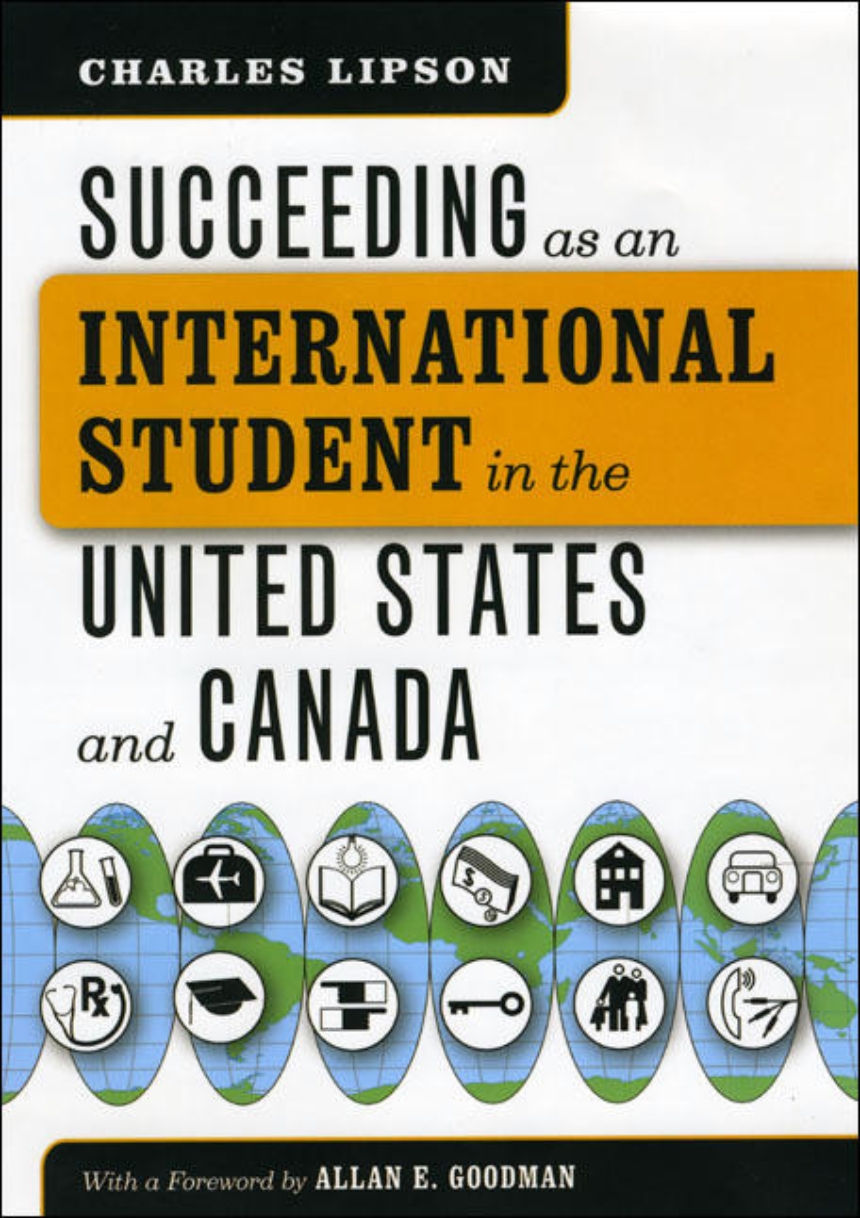
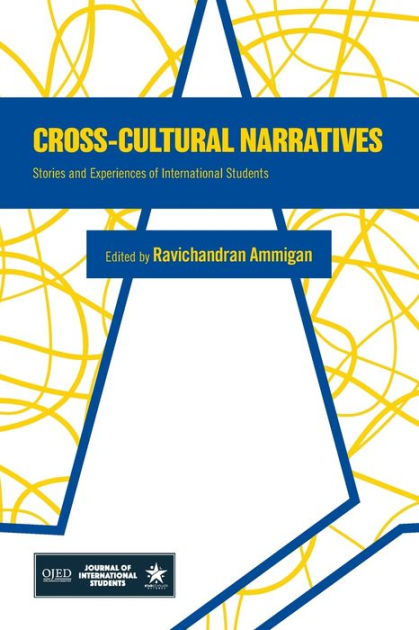


 The 5 Titles series highlights books, music, and films in the library’s collection featuring topics related to diversity, equity, inclusion, and/or highlighting the work of authors from diverse backgrounds. Each post is intended to provide a brief sampling of titles rather than a comprehensive overview of the topic. This month, the five titles have been selected by Librarian for Chemistry and Statistical Science
The 5 Titles series highlights books, music, and films in the library’s collection featuring topics related to diversity, equity, inclusion, and/or highlighting the work of authors from diverse backgrounds. Each post is intended to provide a brief sampling of titles rather than a comprehensive overview of the topic. This month, the five titles have been selected by Librarian for Chemistry and Statistical Science 




 The 5 Titles series highlights books, music, and films in the library’s collection featuring topics related to diversity, equity, inclusion, and/or highlighting the work of authors from diverse backgrounds. Each post is intended to provide a brief sampling of titles rather than a comprehensive overview of the topic. This month, the five titles have been selected by Librarian for Sociology and Cultural Anthropology
The 5 Titles series highlights books, music, and films in the library’s collection featuring topics related to diversity, equity, inclusion, and/or highlighting the work of authors from diverse backgrounds. Each post is intended to provide a brief sampling of titles rather than a comprehensive overview of the topic. This month, the five titles have been selected by Librarian for Sociology and Cultural Anthropology 







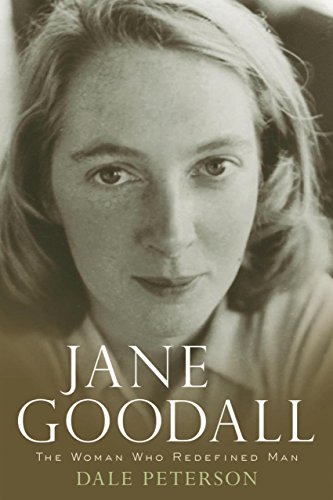




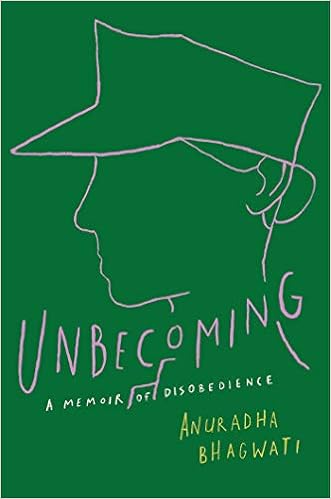

 The 5 Titles series highlights books, music, and films in the library’s collection featuring topics related to diversity, equity, inclusion, and/or highlighting the work of authors from diverse backgrounds. Each post is intended to provide a brief sampling of titles rather than a comprehensive overview of the topic. This month, the five titles have been selected by
The 5 Titles series highlights books, music, and films in the library’s collection featuring topics related to diversity, equity, inclusion, and/or highlighting the work of authors from diverse backgrounds. Each post is intended to provide a brief sampling of titles rather than a comprehensive overview of the topic. This month, the five titles have been selected by 




 The 5 Titles series highlights books, music, and films in the library’s collection featuring topics related to diversity, equity, inclusion, and/or highlighting the work of authors from diverse backgrounds. Each post is intended to provide a brief sampling of titles rather than a comprehensive overview of the topic. This month, the five titles have been selected by
The 5 Titles series highlights books, music, and films in the library’s collection featuring topics related to diversity, equity, inclusion, and/or highlighting the work of authors from diverse backgrounds. Each post is intended to provide a brief sampling of titles rather than a comprehensive overview of the topic. This month, the five titles have been selected by  Black Americans and other minority populations have long been disproportionately affected by toxic chemicals in the workplace and communities. Multiple studies have found that race is a major factor in siting hazardous waste facilities. In fact, activists and scholars often identify 1982 as the start of the modern environmental justice movement when the residents of Warren County, North Carolina protested against the siting of the Warren County PCB Landfill in their county. Afterwards, organizers and activists moved so-called mainstream environmental organizations to include environmental justice as a priority and worked within the government to create the EPA’s Office of Environmental Equity, now known as the Office of Environmental Justice. Today, the environmental justice movement encompasses many issues that most strongly burden communities of color, including water access, sanitation, exposure to toxins, air quality, displacement and climate change.
Black Americans and other minority populations have long been disproportionately affected by toxic chemicals in the workplace and communities. Multiple studies have found that race is a major factor in siting hazardous waste facilities. In fact, activists and scholars often identify 1982 as the start of the modern environmental justice movement when the residents of Warren County, North Carolina protested against the siting of the Warren County PCB Landfill in their county. Afterwards, organizers and activists moved so-called mainstream environmental organizations to include environmental justice as a priority and worked within the government to create the EPA’s Office of Environmental Equity, now known as the Office of Environmental Justice. Today, the environmental justice movement encompasses many issues that most strongly burden communities of color, including water access, sanitation, exposure to toxins, air quality, displacement and climate change.
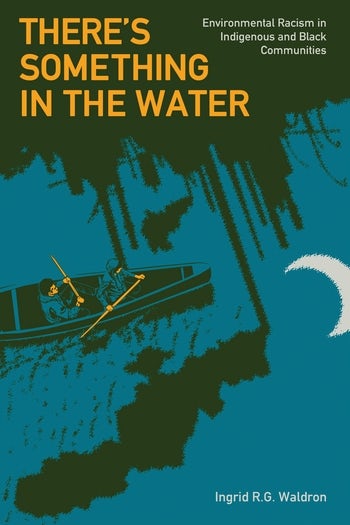













 The 5 Titles series highlights books, music, and films in the library’s collection featuring topics related to diversity, equity, inclusion, and/or highlighting the work of authors from diverse backgrounds. Each post is intended to provide a brief sampling of titles rather than a comprehensive overview of the topic. This month, the five titles have been selected by
The 5 Titles series highlights books, music, and films in the library’s collection featuring topics related to diversity, equity, inclusion, and/or highlighting the work of authors from diverse backgrounds. Each post is intended to provide a brief sampling of titles rather than a comprehensive overview of the topic. This month, the five titles have been selected by 




 The 5 Titles series highlights books, music, and films in the library’s collection featuring topics related to diversity, equity, inclusion, and/or highlighting the work of authors from diverse backgrounds. Each post is intended to provide a brief sampling of titles rather than a comprehensive overview of the topic. This month, the five titles have been selected by
The 5 Titles series highlights books, music, and films in the library’s collection featuring topics related to diversity, equity, inclusion, and/or highlighting the work of authors from diverse backgrounds. Each post is intended to provide a brief sampling of titles rather than a comprehensive overview of the topic. This month, the five titles have been selected by Heavy: An American Memoir by Kiese Laymon (2018; available
Heavy: An American Memoir by Kiese Laymon (2018; available 
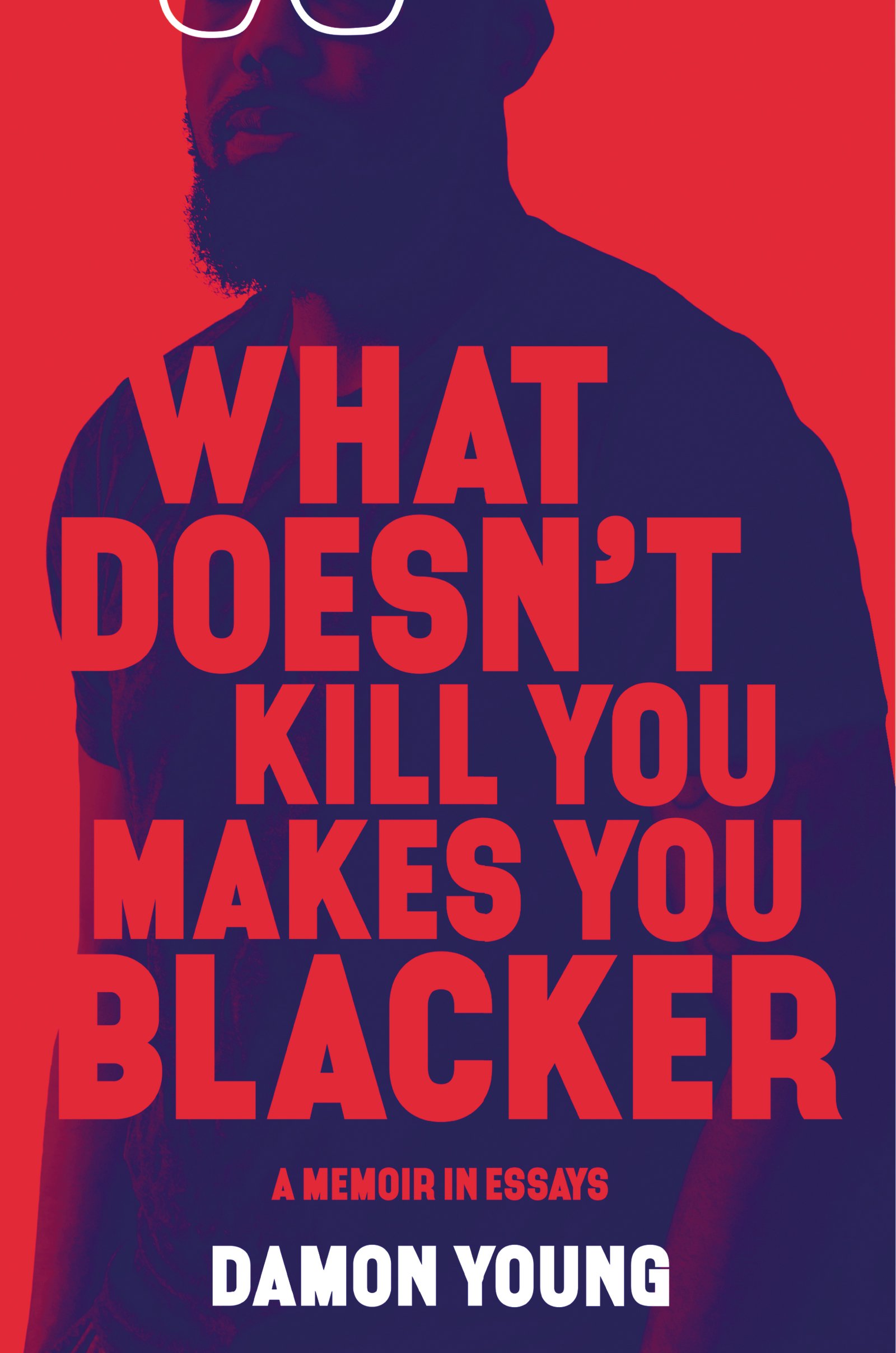 What Doesn’t Kill You Makes You Blacker: A Memoir in Essays by Damon Young (2019; available
What Doesn’t Kill You Makes You Blacker: A Memoir in Essays by Damon Young (2019; available 





